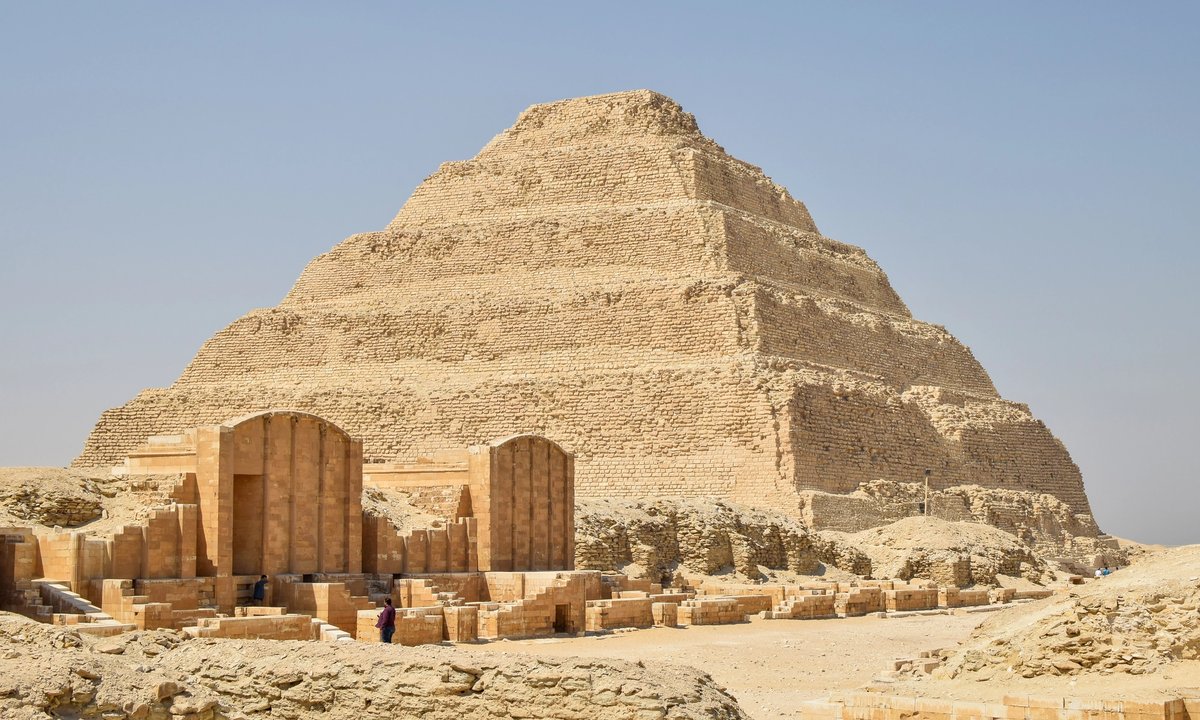
"It is only one of two [known] in the entire history of Egypt,"
"Khentika copied the motif from his neighbour Mereruka, whose tomb is only a few years older."
"all necessary legal actions have been taken and the matter has been forwarded to the public prosecutor for investigation"
"the Egyptian archaeological heritage is preserved and protected from any violations or illegal practices"
A rare limestone relief of the vizier Khentika has vanished from his mastaba in the Saqqara necropolis. The relief depicts Khentika seated at an easel painting the three seasons of the ancient Egyptian calendar, a motif recorded in only one other known example and apparently copied from the neighbouring tomb of Mereruka. The tomb was discovered in the 1950s, closed to the public and used for storage until 2019. The loss was identified by a British mission in May, with the only remnant preserved in a 1953 study by T.G.H. James. The Ministry of Antiquities says legal action has been taken and the matter forwarded to the public prosecutor, and it pledged to protect Egyptian archaeological heritage. The disappearance follows a recent theft in which an ancient pharaoh’s bracelet was stolen from the Egyptian Museum and melted for its gold. Saqqara lies about 30 km south of Cairo in the Giza governorate.
Read at The Art Newspaper - International art news and events
Unable to calculate read time
Collection
[
|
...
]